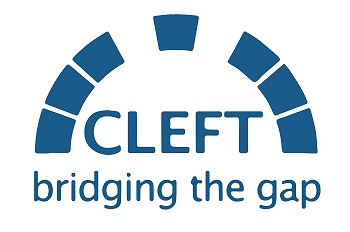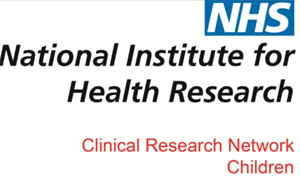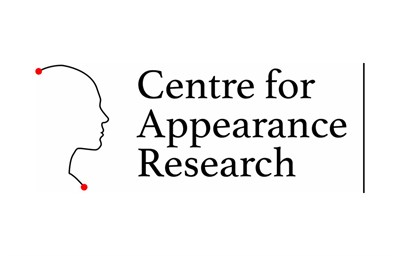 The promotion and advancement of cleft and craniofacial research and innovation is a core principle of the CFSBGI. This section details information on research organisations related to this field in Great Britain and Ireland.
The promotion and advancement of cleft and craniofacial research and innovation is a core principle of the CFSBGI. This section details information on research organisations related to this field in Great Britain and Ireland.
Current Funding Opportunities:
VTCT Foundation Career Development Programme - application closes 8th March 2024
See here for more information
Scar Free Foundation and CFSGBI Student Elective Awards - application closes 8th March 2024
See here for more information
Detailed below are the 12 priorities for cleft lip and palate research identified by the James Lind Alliance in 2012 and more details can be found www.jla.nihr.ac.uk.
James Lind Alliance Cleft Lip & Palate Priority Setting Partnership
THE ‘TOP 12’ PRIORITIES FOR RESEARCH IN CLEFT LIP AND PALATE
- What types of psychological intervention (individual therapy, community or school based) and at what time (from diagnosis to adulthood) are most helpful for patients with a cleft of the lip and/or palate and their families?
- What are the educational, employment and personal (eg relationships) outcomes for individuals with a cleft of the lip and/or palate during childhood, adolescence and in the long term?
- What is the best protocol for primary repair of both the lip and palate, including technique/timing and sequence?
- In individuals with a cleft of the lip and/or palate when is the most effective age to begin speech therapy?
- What is the best treatment for otitis media with effusion (glue ear) in individuals with a cleft of the lip and/or palate?
- Can stem cells be used to improve palate repair (both primary and secondary)?
- What interventions would enhance the educational outcomes for children with a cleft of the lip and/or palate?
- What is the impact of having a baby born with a cleft of the lip and/or palate on maternal/child attachment?
- What is the best way to manage infants with a cleft of the lip and/or palate undergoing primary surgery before, during and after hospital Eg. Fluids, pain control, antibiotics, probiotics, arm splints, feeding practices?
- What are the genetic and environmental causes of clefts of the lip and/or palate?
- How can we improve the diagnosis of cleft palate (without cleft lip)?
- What is the best way to prevent tooth decay in children with a cleft of the lip and/or palate?
Explore cleft and craniofacial research organisations in the research menu bar or click on the logos below:






If you have a research project you would like to publicise for collaboration, please enter your details on the form below. If you would like to include information about a research organisation on this page, please contact the CFSGBI.
Collaboratives Research Projects